"Mysterious World and Human Mind: Weird Facts & Scientific Reasons"
Weird Facts and Their Scientific Reasons: Uncovering the Mysteries of Our World
The world we live in is full of surprises and strange phenomena that often leave us questioning the very nature of our existence.
1. The Moon is Slowly Drifting Away from Earth
The Moon, our nearest celestial neighbor, is slowly drifting away from Earth at a rate of approximately 3.8 centimeters per year. This means that in about 50 billion years, the Moon will have drifted so far away that it will no longer have any significant effect on Earth's tides, and the length of our day will have increased to over 1,000 hours. But why is this happening?
give scientific reason:
The answer lies in the way that tides are generated. Tides are caused by the gravitational pull of the Moon on Earth's oceans, and this pull is strongest when the Moon is closest to Earth. As the Moon moves further away, its gravitational pull weakens, and the tides become less pronounced. Over time, this gradual decrease in tidal force has caused the Moon to drift further away from Earth.
2. The World's Largest Living Organism is a Fungus
The world's largest living organism is not a whale or an elephant, but rather a fungus. The Armillaria ostoyae, also known as the honey mushroom, covers an area of over 2,200 acres in Oregon's Malheur National Forest. This massive fungus is estimated to be between 2,000 and 8,000 years old, and it is still growing today.
But how can a fungus grow to be so large?
give scientific reason:
The answer lies in the way that fungi reproduce. Rather than producing seeds or spores, fungi reproduce by spreading their mycelia, which are thin, branching threads that grow through the soil, decaying plant matter, and other organic material. As mycelia spread, they can fuse together to form massive networks, like the one that makes up the honey mushroom.
3. Lightning Can Create Glass
When lightning strikes sand, it can create a rare and fascinating substance known as fulgurite. Fulgurite is a tube-like structure of glass that forms when lightning superheats and melts sand, creating a unique pattern of fused grains.
But how does lightning create glass?
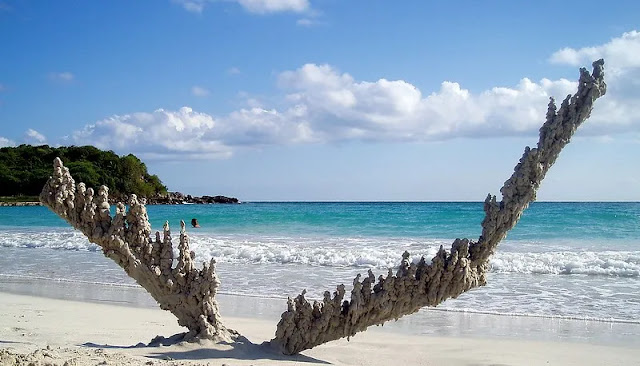
give scientific reason:
Lightning is an electrical discharge that can heat the air around it to over 30,000 degrees Celsius, which is hotter than the surface of the Sun. When lightning strikes sand, this intense heat causes the sand to melt and fuse together, creating a glassy structure that is unlike anything else on Earth.
4. The Coldest Place on Earth is Antarctica
The coldest temperature ever recorded on Earth was -128.6 degrees Fahrenheit (-89.2 Celsius), which was measured in Antarctica in 1983. But why is Antarctica so cold?
give scientific reason:
5. The Human Body Can Glow in the Dark
give scientific reason:
It occurs when certain chemical reactions take place within the body.
One example of this is the bioluminescence that occurs in fireflies. These insects can produce light in their abdomens through a complex chemical reaction involving an enzyme called luciferase and a molecule called luciferin. The light produced by fireflies is used to attract mates and warn predators of their toxicity.
In humans, bioluminescence is much rarer and less pronounced, but it has been observed in certain circumstances.
For example, some studies have found that the human body can emit a very faint glow of light that is invisible to the naked eye. This glow is thought to be caused by the natural processes of cellular metabolism, which produce small amounts of bioluminescent chemicals such as ATP.
6. The Earth's Magnetic Field is Flipping
The Earth's magnetic field is not constant, but rather fluctuates and changes over time. In fact, the magnetic field has flipped numerous times throughout Earth's history, with the north and south magnetic poles swapping places.
give scientific reason:
The reason for these magnetic flips is not fully understood, but scientists believe that they are caused by changes in the Earth's core. The core is made up of molten iron and nickel, which generate electric currents that produce the magnetic field. As the core cools and solidifies, these currents can change direction, leading to a reversal of the magnetic field.
7. The Deepest Point in the Ocean is Not Where You Think
When most people think of the deepest point in the ocean, they imagine the Mariana Trench in the western Pacific Ocean. This trench, which reaches a depth of over 36,000 feet, is indeed the deepest known point in the ocean. However, there is another point in the ocean that is even deeper, but much less well-known.
This point is known as the Challenger Deep, and it is located in the southern end of the Mariana Trench. The Challenger Deep is slightly deeper than the Mariana Trench, with a depth of over 36,070 feet. Despite being deeper, the Challenger Deep is less well-known because it is much harder to reach and study than the Mariana Trench.
8. The Human Brain is Full of Fat
The human brain is made up of approximately 60% fat, which may come as a surprise to some people. This fat is primarily composed of phospholipids, which are essential for the structure and function of cell membranes.
But why does the brain contain so much fat?
give scientific reason:
One reason is that fats are an excellent source of energy, and the brain requires a lot of energy to function properly. Additionally, the fatty acids found in the brain are important for maintaining the integrity of neuronal membranes and for signaling between neurons.
9. Time Moves Slower Near Massive Objects
According to Einstein's theory of relativity, time is not a fixed and constant quantity, but rather is influenced by the gravitational field of massive objects. This means that time moves slower near massive objects like planets, stars, and black holes.
give scientific reason:
The reason for this effect is that gravity warps space-time, causing it to bend and distort. This distortion causes time to slow down near massive objects, as the gravitational field causes time to stretch and compress. This effect has been observed in numerous experiments, and it has important implications for our understanding of the universe and the nature of time itself.
10. The Earth's Atmosphere Extends Far Beyond the Surface
Most people think of the Earth's atmosphere as the layer of air that surrounds the planet's surface. However, the atmosphere actually extends much further than this, reaching up to hundreds of kilometers into space.
The uppermost layer of the Earth's atmosphere is known as the exosphere, and it is composed of a very thin layer of gases that gradually blend into the vacuum of space. This layer extends up to an altitude of hundreds of kilometers, and is the site of many important phenomena, including the aurora borealis (Northern Lights) and the ionosphere.
11. Lightning Can Create Nuclear Reactions
Lightning is a powerful natural phenomenon that is caused by the buildup of electrical charges in the atmosphere. When these charges become strong enough, they discharge in the form of a bolt of lightning, which can reach temperatures of up to 30,000 degrees Celsius.
What many people don't know is that lightning can also create nuclear reactions. This occurs when the intense heat and pressure of a lightning bolt causes atoms in the air to collide and fuse together, creating new, heavier elements. These nuclear reactions are very rare and only occur under very specific conditions, but they have been observed in laboratory experiments and in the aftermath of lightning strikes.
12. The Smell of Rain is Caused by Bacteria
Many people love the fresh, earthy smell that accompanies a rainstorm. This smell is often described as "petrichor", and is thought to be caused by a combination of factors, including the release of plant oils and the impact of raindrops on the ground.
give scientific reason:
However, recent research has revealed that a major component of the smell of rain is actually caused by bacteria. When raindrops hit the ground, they release a variety of volatile compounds that are produced by soil bacteria. These compounds include geosmin, which has a distinct earthy smell that is often associated with petrichor.
13. The Human Body Contains Traces of Gold
Gold is a precious metal that has fascinated humans for centuries. But did you know that your body contains small amounts of gold as well? In fact, the average human body contains about 0.2 milligrams of gold, most of which is found in the blood and skin.
This gold is not just a random occurrence, but rather is the result of specific biological processes. For example, some enzymes in the body contain gold atoms, which are thought to play a role in catalyzing chemical reactions. Additionally, gold nanoparticles have been studied for their potential use in medical applications, such as drug delivery and cancer treatment.
14. The World's Smallest Fish Fits on Your Finger
The world's smallest fish is the Paedocypris fish, which is found in the swamps of Southeast Asia. This tiny fish is only about 7.9 millimeters long, which is about the size of your fingernail.
Despite its small size, the Paedocypris fish is a fascinating creature with several unique adaptations. For example, it has an extremely short lifespan, with some individuals living for only a few months. Additionally, the fish has a reduced number of scales and bones, which allows it to be extremely flexible and maneuverable in its swampy environment.
15. Your Body Contains More Bacteria Than Human Cells
You might be surprised to learn that the human body contains more bacterial cells than human cells. In fact, it is estimated that the average human body contains around 10 times as many bacterial cells as human cells.
These bacteria are not all harmful, but rather are an essential part of our bodies' ecosystems. They help to digest food, regulate the immune system, and protect against harmful pathogens. In recent years, scientists have begun to study the complex interactions between our bodies and the trillions of bacteria that inhabit them, leading to new insights into the workings of the human body.
In conclusion, the world is full of weird and fascinating facts that can help us understand the complex and mysterious nature of our universe.
From the strange behaviors of subatomic particles to the incredible diversity of life on Earth, there is always something new to discover and learn. By exploring these weird facts and the scientific reasons behind them, we can gain a deeper appreciation for the incredible complexity.
.png)
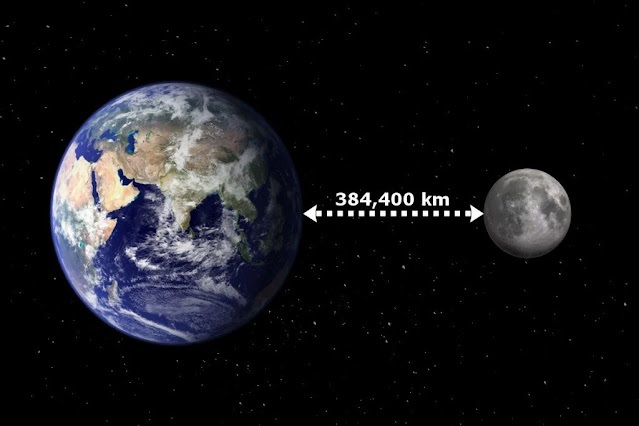

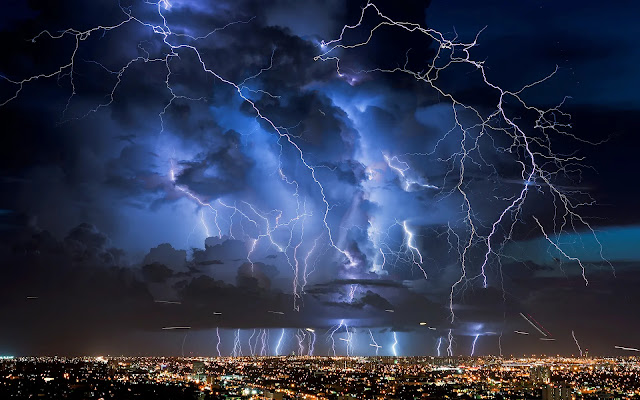
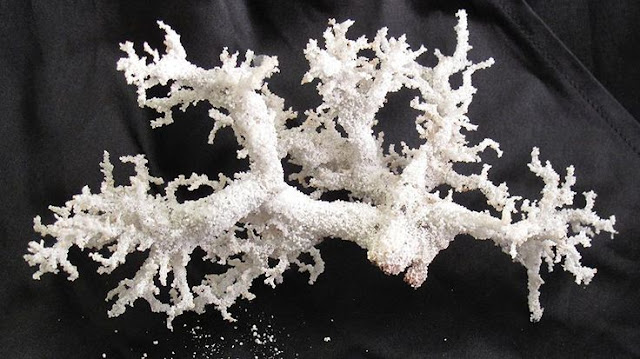




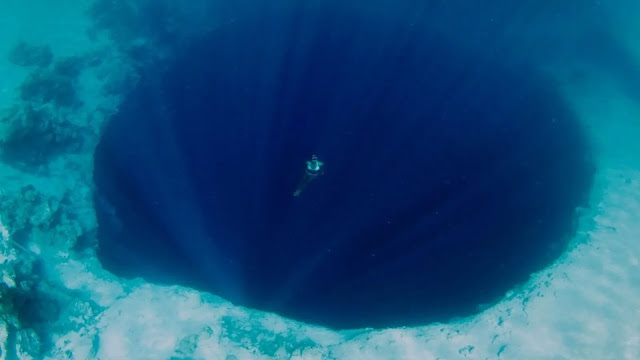

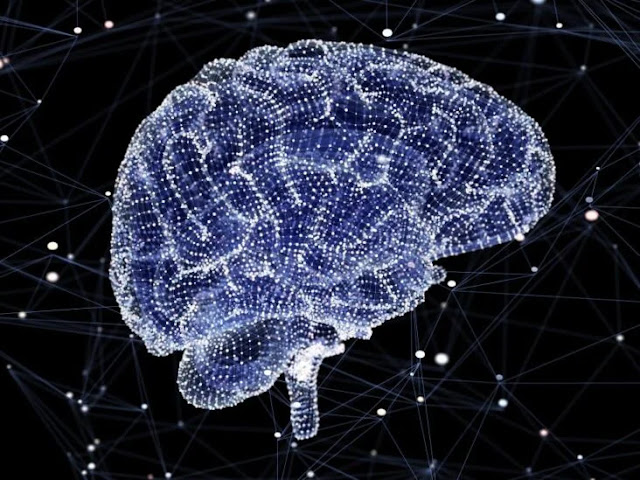


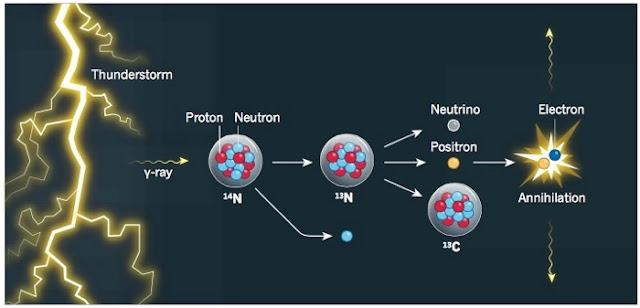






Comments
Post a Comment